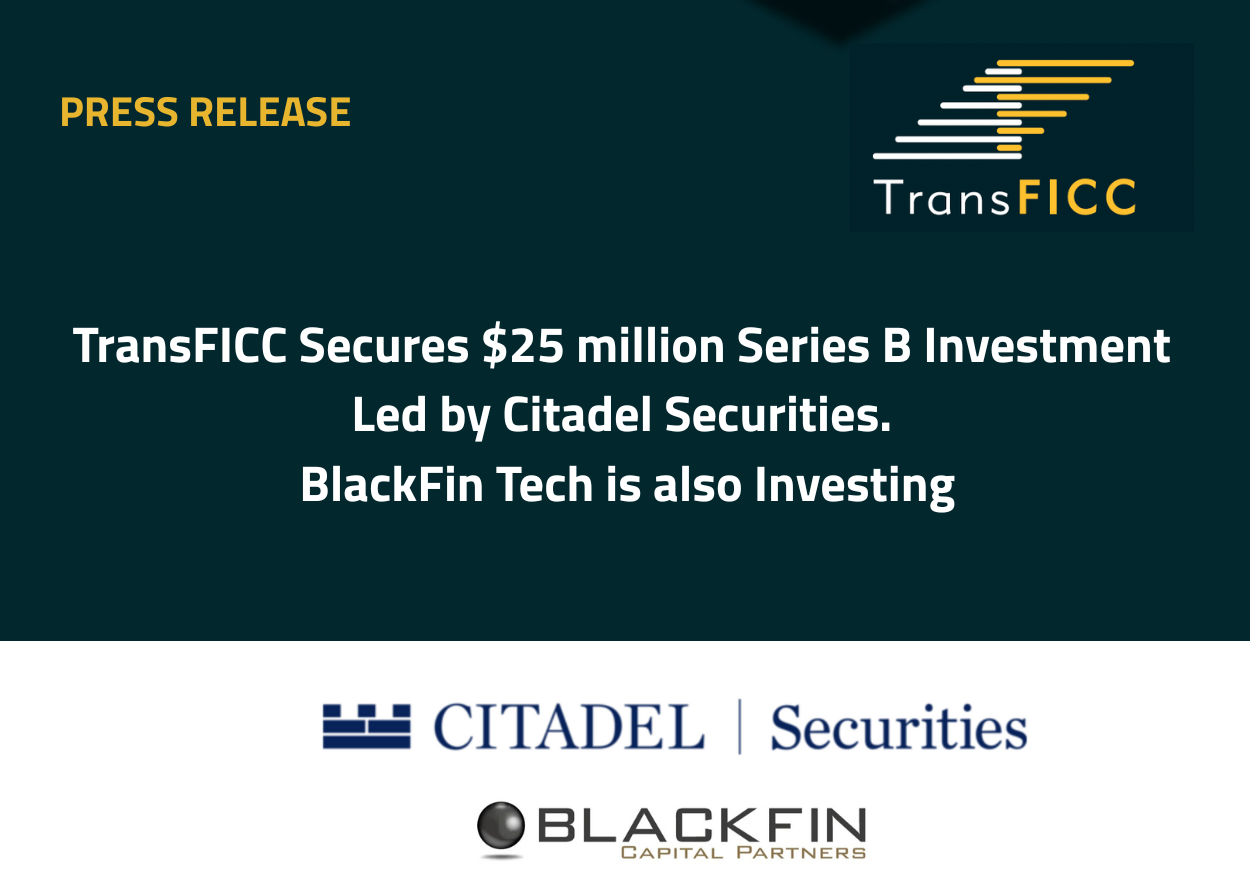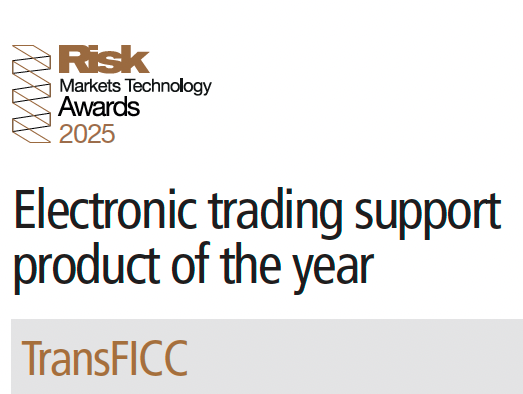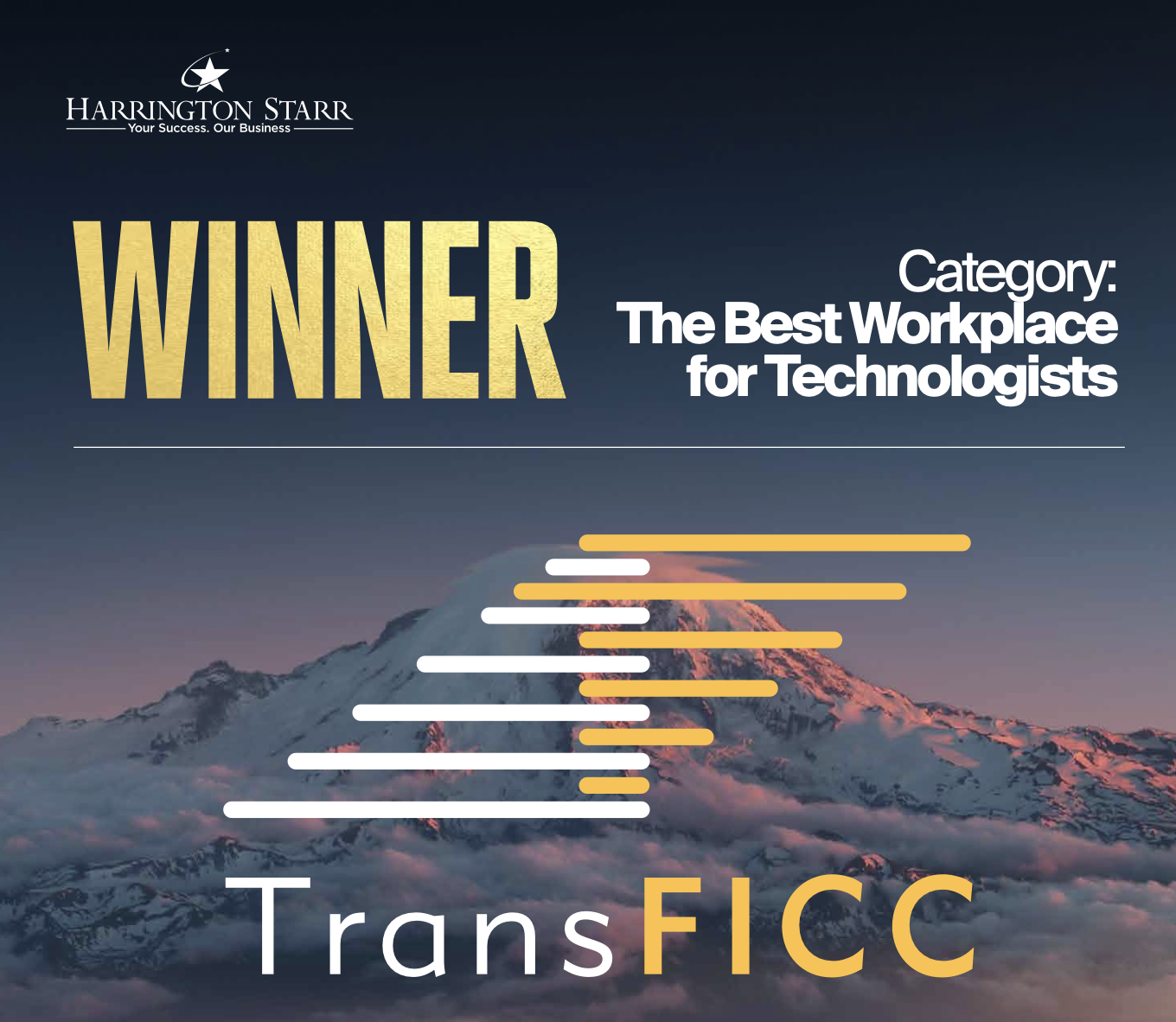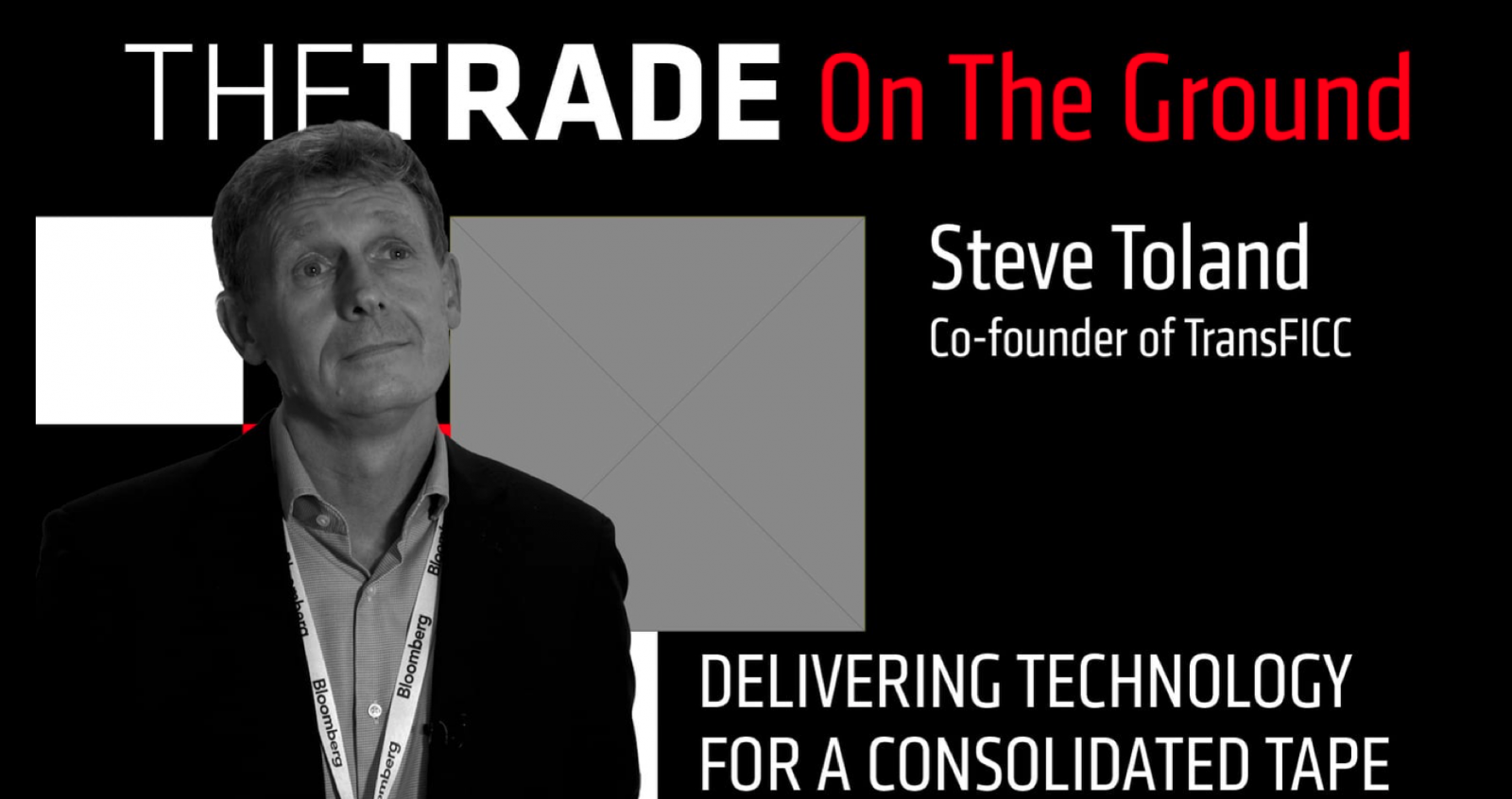The Jentacular Shift: From Underfed Desks to Sustainable Trading Models
Fixed income trading is shifting from desk-centric execution to service-based delivery models. Banks are adopting new partnership structures that scale client service without requiring additional balance sheet or headcount. This piece outlines emerging Trading as a Service (TaaS) models and examines how each supports trading, client relationships, and franchise value.
- Execution is increasingly delivered as a service rather than a standalone internal function.
- Principal, white label, and agency models each support different strategic objectives.
- TaaS represents a quiet redefinition of the sell side. Banks are no longer defined only by their balance sheet or inventory but also by the strength of their partnerships, the quality of their technology, and the trust of their clients.
- Chapter 1: Why Trading as a Service Matters for the Sell Side Now
We are at an inflection point for how banks deliver fixed income trading. Relationship banks want to keep the client front end local while expanding product reach in markets where they have little scale. TaaS gives them a path to do that without recreating full dealer infrastructure.
Hotel Breakfast Buffet Syndrome
Until recently, TaaS in the fixed income market suffered from Hotel Breakfast Buffet Syndrome. The buffet looked abundant, efficient, and full of promise… until you tried the butter. Each packet was plucked from a plate sitting on ice, then grudgingly unwrapped. A feeble attempt to spread it led to toast bifurcation - the fatal split known to every hotel guest. The remainder sat untouched as the disillusioned diner went off in search of another slice of bread and a less stubborn spread.
The staff logged the butter as “consumed,” so procurement ordered more. Wholesale prices climbed, costs rose, and everyone congratulated themselves on meeting demand. The data looked excellent. The dining experience did not.
Early TaaS worked the same way. Activity was high, metrics looked strong, and yet value leaked quietly out of the system. The market is now learning that efficiency is not about how much is opened, but how much is actually used, and that real progress begins when we measure what delivers value, not what merely moves.
What we mean by TaaS for banks
TaaS is execution capability provided by specialist firms so a bank can serve clients under its own name. The operating models are under constant development and evolution.
- Principal providers extend market making to partner banks with white label pricing and risk warehousing.
- White label partners embed traders and tools behind the bank’s banner while the bank keeps client control and trade approvals.
- Agency aggregators provide scalable connectivity and automation across many liquidity sources so the bank can route, prove Best Execution, and simplify workflow
Why this is taking off now
Costs and capital have raised the bar for in-house desks. Non-bank market makers have gained share in rates and credit as electronification increased venue driven flow. Several large banks are exploring third party execution while keeping client interactions in house. The dynamic is simple. Banks preserve relationships and broaden coverage. Specialists bring scale, technology, and pricing.
Regulatory context
Governance has tightened. DORA applies from January 17, 2025. The EBA’s outsourcing guidance and the UK PRA’s SS2/21 set expectations for due diligence, materiality, contractual terms, sub outsourcing, and exit planning. Well-designed TaaS can sit within these guardrails when roles and responsibilities are explicit.
What banks gain
Banks extend product reach while keeping the client under their roof. Coverage becomes more consistent across time zones. Execution quality can improve where the provider has superior connectivity and access. Balance sheet and infrastructure are used more efficiently when parts of the build move to a partner or when principal risk is carried by a specialist. Best Execution evidence improves with richer data capture and automated audit trails
What we need to get right
A bank never outsources accountability for Best Execution, conduct, or client outcomes. Policies must define strategy ownership, the tape of record, supervision, and how client data is ring fenced from provider analytics. Contracts should cover service levels, incident reporting, testing, resilience, termination, and transition. Oversight needs workable metrics across quality, availability, rejects, information leakage, and exceptions.
Why clients accept it
Clients value local relationships and speed to market. They want their bank to source liquidity across borders without new legal onboards for every market maker. The service works when the client experience remains native to the bank while routing taps deeper liquidity behind the scenes.
What follows
We will dip our toe into the waters of providers against the needs of European banks, take a quick look at model fit, touch upon pricing, data controls, and accountability, and ruminate upon whether these services help win mandates and protect client franchises through volatile markets.
- Chapter 2: The Models Emerging in TaaS
The sell side is not dealing with a single uniform solution. Various models are emerging, each with their own strengths, risks, and fit for banks. We’ll bring three to the table.
Principal Model – Citadel Securities
Citadel Securities has established a leading position as a liquidity and risk partner for banks in both rates and credit markets. The model allows banks to retain their client relationships while extending their market reach through Citadel Securities’ trading infrastructure. Rather than outsourcing execution, banks integrate Citadel Securities as a Tier I partner for liquidity access and balance sheet efficiency.
The firm is consistently among the top dealers across electronic and voice platforms. In 2024 Citadel Securities traded over 20 trillion dollars of U.S. Treasuries and more than 330 billion dollars of credit, ranking first for Treasuries on Tradeweb and Bloomberg and third for voice processed credit trading on Tradeweb. Its pricing is firm, supported by some of the fastest RFQ response times among major dealers. Citadel Securities’ scale enables it to move meaningful block trades efficiently, combining electronic precision with the capacity to manage size and risk that few competitors can match.
The model is built around cost efficiency and scalability. Citadel Securities achieves a high return per unit of risk through automation, risk control, and deep connectivity across global markets. The goal is to help banks deliver competitive pricing to their clients while maintaining margins under their own name.
Citadel Securities describes the arrangement as a partnership model rather than outsourcing. Banks decide the pricing they deliver to their clients, with the option to stream Citadel Securities’ quotes directly, mark them up, or ignore them entirely. Citadel Securities provides liquidity and technology as an integrated solution. It does not compete directly with its partner banks since it serves a different client base. Its role is to complement, not displace, the bank’s franchise.
An analogy to Amazon is helpful. Amazon scaled through strategic logistics partnerships rather than owning every distribution step. In the same way, banks can expand product coverage without rebuilding full market making infrastructure. The result is a model that pairs Citadel Securities’ depth of liquidity, competitive pricing, and reliability in volatile markets with the trust and client proximity of the bank.
“Our track record of providing competitive pricing is second to none, but more importantly our clients and partners know that we are resolutely committed to being there in all market conditions. We have built our platform for resilience, enabling us to actually increase market share during periods of volatility." - Amit Bhuchar, Citadel Securities
White Label Model – Entegra
Entegra is introducing an embedded, white label market making model purpose built for the credit market, launching initially in securitized products. It operates inside a partner bank’s own infrastructure, with all trading activity occurring under the bank’s name and within its systems, limits, and compliance framework. The bank retains full client ownership, trade approval, and oversight. The approach remains banking led rather than trading led, with the focus on relationship continuity rather than flow capture.
The model is subscription based rather than commission driven, aligning incentives with client outcomes instead of trading volume. This removes the traditional conflicts between flow and performance while giving banks a predictable cost base. It complements, rather than replaces, in house desks. Internal traders remain focused on cross sector risk and client strategy, while Entegra provides the embedded execution capability, analytics, and liquidity support needed to maintain active markets. The emphasis is on maintaining consistent secondary support rather than maximizing trading turnover, aligning execution behavior with longer term client outcomes.
TaaS in this form addresses the structural pressures that have constrained secondary trading. High capital charges, regulatory complexity, and volatility have made it difficult for banks to support certain credit segments without tying up balance sheet or staff resources. Entegra’s model allows banks to scale client service without scaling capital, converting what was once a cost center into a capital light growth engine.
The benefits extend beyond the bank. Issuers can gain tighter spreads and more efficient pricing as liquidity becomes more consistent. Investors benefit from transparent, two-way markets and improved price discovery. Entegra’s model repositions trading as a strategic enabler of franchise value, not just a support function.
“For banks, Entegra’s TaaS restores the connection between returns and client service across the credit market. It turns trading back into a strategic growth driver by enabling banks to compete on service, not price, to generate more mandate wins. In doing so, it improves return on trading capital and strengthens franchise value without needing to expand the balance sheet.” - Daniel Ezra, Entegra
Agency Aggregator Model – Virtu
Virtu Europe Trading Limited brings its equity market expertise into fixed income, combining algorithms and aggregation to deliver agency execution for banks and institutional clients. The model allows users to access a broad range of external and internal liquidity through a single broker code on Bloomberg ALLQ, supported by Virtu’s proprietary Smart Order Routing technology. All activity is handled on an agency basis under capacity “DEAL” and is fully segregated from Virtu’s proprietary trading business.
The platform aggregates liquidity from a network of dealers, covering approximately 65,000 tradable ISINs across U.S. and EU rates, credit, and emerging market hard currency bonds. Trades can range from 10,000 to 100 million dollars notional, with automated, firm pricing and customizable broker selection. This allows banks to prove Best Execution while simplifying their connectivity and compliance frameworks.
Virtu applies execution protocols traditionally associated with equities to fixed income. Techniques such as TWAP (Time Weighted Average Price), VWAP (Volume Weighted Average Price), and sweeping across venues help optimize price and minimize market impact. These algorithms, supported by digital Transaction Cost Analysis (TCA), give clients a quantifiable view of execution quality across counterparties and markets.
The analytics function is structurally independent from trading, which keeps post trade evaluation objective and regulator friendly. This digital audit trail strengthens transparency and trust while helping institutions document Best Execution.
Virtu’s agency model is designed for scalability, efficiency, and governance. It enables banks and asset managers to access a large, diverse liquidity network without taking balance sheet risk or adding new technology overhead. By merging equity market precision with fixed income complexity, Virtu positions itself as the agency aggregator.
“We’re leveraging our global algorithm offering and applying fixed income expertise to smart order routing to deliver customizable liquidity solutions that addresses our clients’ needs in the fragmented fixed income market. This solution provides an efficient tool to access liquidity and potentially expands the universe of investible securities for our clients.” - Simon McGhee, Virtu
Together, Citadel, Entegra, and Virtu illustrate how different architectures of partnership can allow banks to scale reach, manage cost, and preserve control across an increasingly complex fixed income landscape.
Common Ground Across the Models
Despite their differences, all three approaches share the same goal: enabling banks to serve clients more effectively while balancing capital, technology, and regulatory demands. Principal models such as Citadel emphasize liquidity depth and balance sheet efficiency. White label partnerships such as Entegra focus on franchise value and mandate wins. Agency models such as Virtu provide transparency, automation, and workflow efficiency.
Each offers a way for banks to extend product coverage, meet client expectations, and stay competitive without rebuilding full dealer infrastructure. The question is no longer whether to adopt these partnerships, but how to structure them to protect governance, client trust, and long-term franchise value.
- Chapter 3: Benefits and Risks for Banks
Trading as a Service brings efficiency, reach, and flexibility. The opportunity is to extend coverage and improve client service without rebuilding a full trading stack. Each model has a different trade off.
Benefits -
- Coverage - Principal partners such as Citadel let banks price in markets where they lack presence while keeping the client relationship.
- Capital and cost - White label structures such as Entegra use subscriptions rather than commissions, improving return on capital and stabilizing costs through cycles.
- Resilience and scale - Agency platforms such as Virtu add capacity and automation without balance sheet risk or extra headcount.
- Data and proof - Digital TCA and automated audit trails make Best Execution easier to evidence.
- Client experience - Clients get consistent coverage and pricing in less liquid or volatile markets.
Risks -
- Control - Delegation creates distance from day-to-day execution. Clear oversight keeps strategy, pricing, and data under bank control.
- Data sensitivity - Flow data is valuable. Ring fence client information and audit provider use.
- Incentives - Principal risk can create conflicts. Subscription and agency models still require strict service level agreements and key performance indicators.
- Regulatory load - DORA, EBA guidance, and national rules hold banks fully responsible for conduct, Best Execution, and resilience.
- Cultural fit - Misaligned conduct or communication standards erode trust quickly.
- Balance - Principal partnerships offer depth and speed but demand alignment on risk. White label models deliver efficiency and growth but need crisp accountability. Agency aggregators provide transparency and scale but rely on strong data controls. The question is how to design the partnership so governance, compliance, and client experience stay intact.
- Chapter 4: Governance and Oversight Framework

Accountability stays with the bank. A credible framework defines roles, monitors performance, and keeps partnerships within policy.
Roles – The bank owns strategy, risk limits, and client policy. The provider executes within those limits. Data ownership, decision rights, and records must be explicit. In white label set ups the bank retains client ownership and trade approval. Put it in writing.
Our chosen models-specific oversight
- Principal - Focus on pricing transparency, exposure, and conflicts.
- White label - Align provider conduct and controls with bank standards and surveillance.
- Agency - Scrutinize connectivity, data use, and post trade analytics.
Data - Keep client data ring fenced. Specify storage, processing, anonymization, and audit rights.
Resilience - DORA and UK rules require resilience testing, incident playbooks, recovery plans, and practical exit strategies. Design for migration without disruption.
Metrics - Track fill rate, price improvement, latency, exceptions, and availability. Add qualitative measures such as responsiveness and conduct. Use internal audit and compliance for challenge.
Culture - Shared standards on fairness and communication matter as much as service level agreements. Keep open lines between desks, compliance, and the provider.
Board - Boards must evidence risk assessment and challenge. Governance has to be demonstrable, not assumed.
- Chapter 5: The Client Perspective
Clients care about service, speed, and trust. They should feel they are dealing with their bank, not a third party.
Continuity - Keep the same point of contact and the same workflow. Use partners to expand access without changing the interface.
Confidence - Be clear about how orders are handled and how data is protected. Show the Best Execution controls. Transparency builds trust.
Consistency - Avoid gaps across time zones and shocks. Partnerships smooth capacity when markets are volatile.
Execution quality - Principal models deliver depth and speed in liquid markets. White label models support complex or capital-intensive segments. Agency models provide transparent routing and digital proof. Each can improve outcomes if incentives and controls are tight.
Perception - If clients think responsibility moved outside the bank, trust suffers. Explain that partnerships exist to improve service and efficiency while the bank remains accountable.
- Chapter 6: The Future Direction of TaaS in Europe
Trading as a Service on the sell side is moving from experiment to strategy. What began as tactical partnerships to manage cost and capital is becoming part of a structural realignment in how banks deliver fixed income trading. The pace of adoption will vary, but the direction is clear: scale, specialization, and shared infrastructure will define the next phase.
Consolidation of Models
Principal, white label, and agency approaches will continue to coexist, but consolidation is inevitable. A few large, well-capitalized providers with strong technology and risk management will dominate. Niche specialists will thrive in specific asset classes such as securitized products or emerging market credit, where depth of expertise matters more than size.
Integration with Regulation
European regulators have made outsourcing and operational resilience a board level issue. DORA, MiFID Best Execution rules, and EBA guidelines will push banks to document every partnership, define responsibilities, and test resilience regularly. Providers that can meet these expectations with transparent reporting, data segregation, and verified control frameworks will gain trust and market share.
Impact on Regional Banks
For mid-tier and regional institutions, TaaS can be a competitive equalizer. It allows them to match the product reach and pricing of global dealers without the cost of maintaining full-scale trading infrastructure. In the Nordic, Benelux, and Southern European markets, this could determine which institutions retain their client base as margins tighten and liquidity pools consolidate.
Technology as the Enabler
Connectivity will shape the future. Banks will expect standardized access to multiple providers through shared platforms rather than bespoke builds. Some technology firms already provide the neutral connectivity layer that allows banks to plug into these networks efficiently. Technology will not replace relationships, but it will decide which ones survive.
Evolution of Market Structure
As electronic liquidity deepens and regulation matures, the boundary between market makers, intermediaries, and service providers will blur. Banks will act more as client franchise managers and less as principal risk takers. Non-bank liquidity providers will play a larger systemic role. The result will be a more distributed and more resilient market structure, where liquidity provision, technology, and governance intersect.
- Conclusion
TaaS in Europe is evolving from a cost solution into a strategic platform for growth. The banks that adopt it thoughtfully, anchored in governance, transparency, and client trust, will gain both resilience and competitive reach. Those that hesitate risk being confined to shrinking pools of domestic liquidity. The next few years will determine whether TaaS remains a niche tool or becomes an integral component of the European fixed income landscape.
- Epilogue: A Turning Point for the Sell Side
Trading as a Service has moved beyond theory and into practice. Principal providers, white label partners, and agency aggregators are now working directly with banks, helping them balance capital use, client service, and cost control. What was tactical is now strategic.
For banks, the challenge is to find the right balance between reach and control. Too much delegation risks blurring accountability. Too little engagement risks losing relevance as clients expect broader coverage and faster execution. The future will reward the institutions that integrate partnership into their trading strategy without giving up ownership of their client relationships.
Europe’s regulatory environment has accelerated this shift. DORA, MiFID, and EBA guidelines have made governance and operational resilience central to board oversight. This creates both an obligation and an opportunity. Banks that can align technology, compliance, and client focus within one structure will gain scale and credibility faster than competitors still operating in silos.
For the broader market, TaaS represents a quiet redefinition of the sell side. Banks are no longer defined only by their balance sheet or inventory but by the strength of their partnerships, the quality of their technology, and the trust of their clients. The firms that master this balance will shape the next generation of fixed income trading.
In the end, the sell side does not need a buffet. It needs a Big Kahuna moment: simple, consistent, and worth coming back to.

Brett Chappell 2025
Share

















